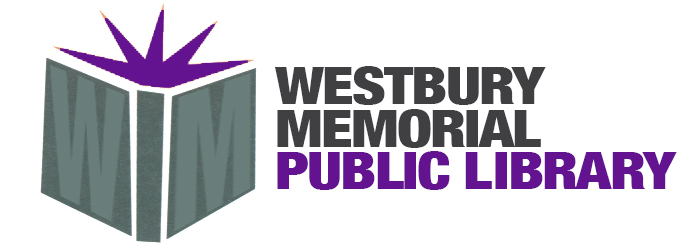 In her professional capacity, Price has spent plenty of time among the dusty, forgotten vestiges of the reading past. She’s scrutinized the marginalia in antique school primers and the fingerprint stains on old library books. Studying books can make it hard to venerate texts, Price writes. She’s discovered, for instance, that in old copies of Samuel Richardson’s 18th-century doorstop of a novel Clarissa, the sex scenes are often well-thumbed, while long passages describing pastoral landscapes are in pristine condition. This would suggest that our romanticized reader of the past was just as prone to skimming for the “good bits”—21st-century eBooks just make the process a little easier.
In her professional capacity, Price has spent plenty of time among the dusty, forgotten vestiges of the reading past. She’s scrutinized the marginalia in antique school primers and the fingerprint stains on old library books. Studying books can make it hard to venerate texts, Price writes. She’s discovered, for instance, that in old copies of Samuel Richardson’s 18th-century doorstop of a novel Clarissa, the sex scenes are often well-thumbed, while long passages describing pastoral landscapes are in pristine condition. This would suggest that our romanticized reader of the past was just as prone to skimming for the “good bits”—21st-century eBooks just make the process a little easier.
Pundits have been writing about some version of the book’s demise since at least the 19th century, Price finds. But in truth, the future of literacy doesn’t hinge on “whether we read in print or online or in some as-yet-unimagined medium but rather [on] the interactions through which we get our hands on books—and even more fundamentally, the interactions that awaken a desire for them.” Ultimately, she believes the experience of immersing oneself in a world made of words can only survive if readers continue to carve out the places and times to have words with one another.
Price takes this affectionate study of the history and future of reading in many disparate directions. She ventures into both contemporary psychiatry and the modern-day “archeology” of preserving and exploring Harvard’s remote library stacks. She takes us across centuries to the time of religious scribes, the innovations of Gutenberg and the digital success of Fifty Shades of Grey. She contemplates the reality that the challenge of reading today is not the availability of books, as it once was, but finding the time to read.
